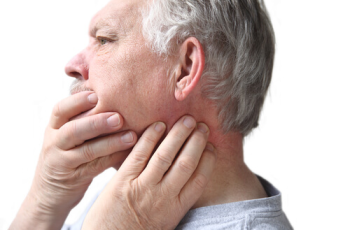1. Guillain Barre Syndrome Destroys Myelin Sheaths
It is important to understand how the nervous system functions in order to better understand Guillain-Barre Syndrome. The nervous system is made up of the brain and the nerves which control our bodies.
Our autonomic system and our limbs. Our limbs and fingers are controlled by the peripheral nervous system, which is affected by Guillain-Barre Syndrome.
The motor cortex is the first place your brain goes when you start to think about moving. The template is sent down the spine via the nerves to the peripheral nervous systems, which includes the hands, feet and torso. These signals jump from nerve to neuron by traveling along their long “axons”, and then crossing microscopic gaps known as synapses.
The signal, which is a tiny electric charge known as an action potential, causes the muscles to contract once it reaches them. The muscle is then contracted, causing the joint angle to be closer together. This movement moves the limb.
Myelin sheaths protect and insulate nerves to allow signals to travel faster and more precisely. The immune system attaches this to the nerves in Guillain-Barre Syndrome causing loss of coordination.




